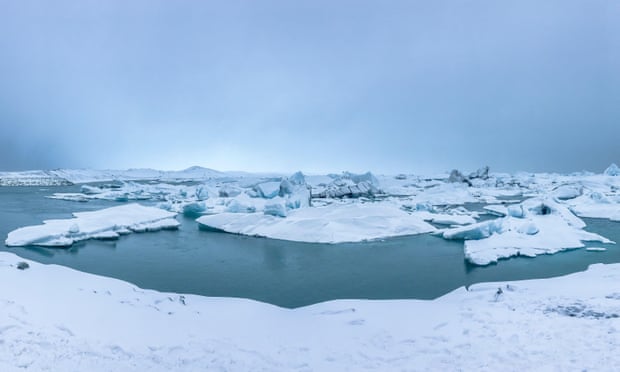
The massive melting of glaciers as a result of global heating has caused marked shifts in the Earth’s axis of rotation since the 1990s, research has shown. It demonstrates the profound impact humans are having on the planet, scientists said.
The planet’s geographic north and south poles are the point where its axis of rotation intersects the surface, but they are not fixed. Changes in how the Earth’s mass is distributed around the planet cause the axis, and therefore the poles, to move.
In the past, only natural factors such as ocean currents and the convection of hot rock in the deep Earth contributed to the drifting position of the poles. But the new research shows that since the 1990s, the loss of hundreds of billions of tonnes of ice a year into the oceans resulting from the climate crisis has caused the poles to move in new directions.
The scientists found the direction of polar drift shifted from southward to eastward in 1995 and that the average speed of drift from 1995 to 2020 was 17 times faster […]










